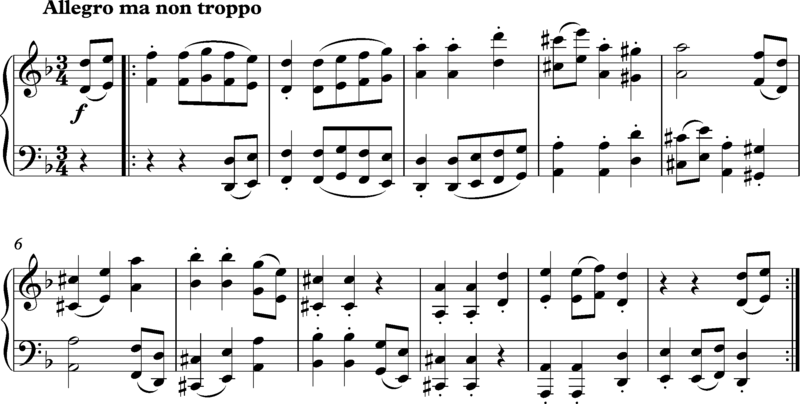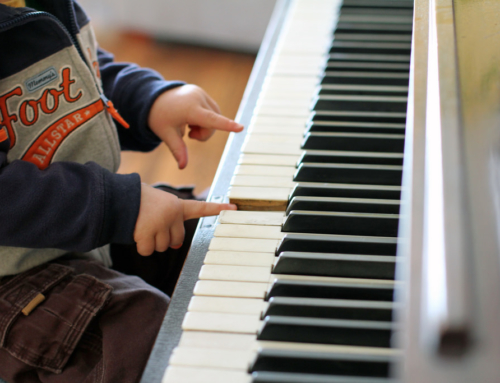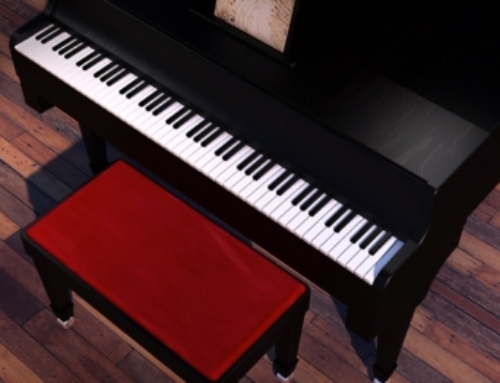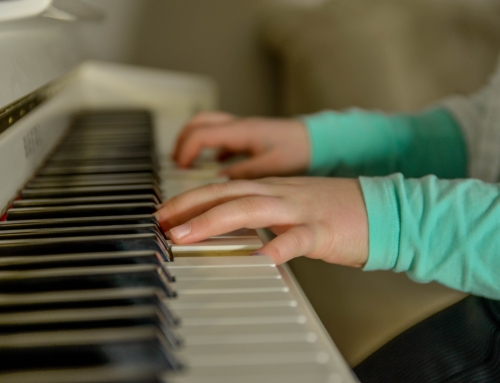At the first glance, music and math may feel like two different extremes that do not have any correlation at all. However, there are many mathematical concepts that are required when learning and playing an instrument, although they are usually done without a conscious thought.
It has been observed that when you start learning a musical instrument at a young age, the practice and development of the mathematical skills which happen automatically can make you better in math as a student later in life.
Some of the most commonly used mathematical skills when learning music is fractions, patterns, and ratios.
Recurring Patterns
The study of Pure Mathematics, which is mathematics at its most wholesome level, is primarily based on the study of abstract patterns to explain, study and also predict the unknown. This is probably the closest tie music has to mathematics, since music is all about recurring patterns of sounds put together in a pleasing way. In a musical piece, everything is connected to each other even if they do not seem so at first. Every note relates to each other. This holds true for mathematics too since, at the most basic level, pure math can unravel the most complex sequences to show that everything is connected together.
Musical Symbols and Algebra
When you read a musical piece, it is done in a way that is very much similar to reading math symbols. Each musical symbol represents a certain value or an information about the piece you are playing. There is an embodiment of time taken to play that particular symbol when you read a note as well – which is known as the “rhythm”. You may not feel like that you do it, but every time you play an instrument looking at a written notation, you are doing a constant stream of mathematics in your mind.
The Fibonacci sequence
If there is one aspect of mathematics which has been compared to art over and over again, it is The Fibonacci sequence (1, 1, 2, 3, 5, 8, 13, 21, 34…). Each number in the sequence is equal to the sum of the preceding two numbers. The ratio between each of these terms (0.618) is commonly known as a Golden Ratio. This pattern has been found in virtually every creation of nature and humans which are deemed to be aesthetically pleasing, from the human anatomy to the piano scales.
If you look at the basic C scale, you would see that it consists of 13 keys from C to C that is made of 8 white keys and 5 black keys. The black keys happen to be arranged in the groups of three and two, which together make 1 C scale. If you feel a familiarity with those numbers, together they make the Fibonacci sequence.
Does this mean that the easiest way to learn to play the piano is to be really good at math and vise versa? Well, it does not hurt to give a try and find out!
But all this doesn’t apply if music students do not practice. Find out why some of the reasons why students skip practice altogether.






